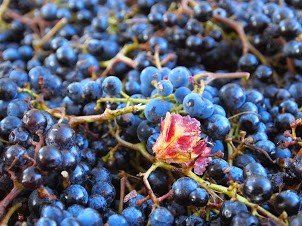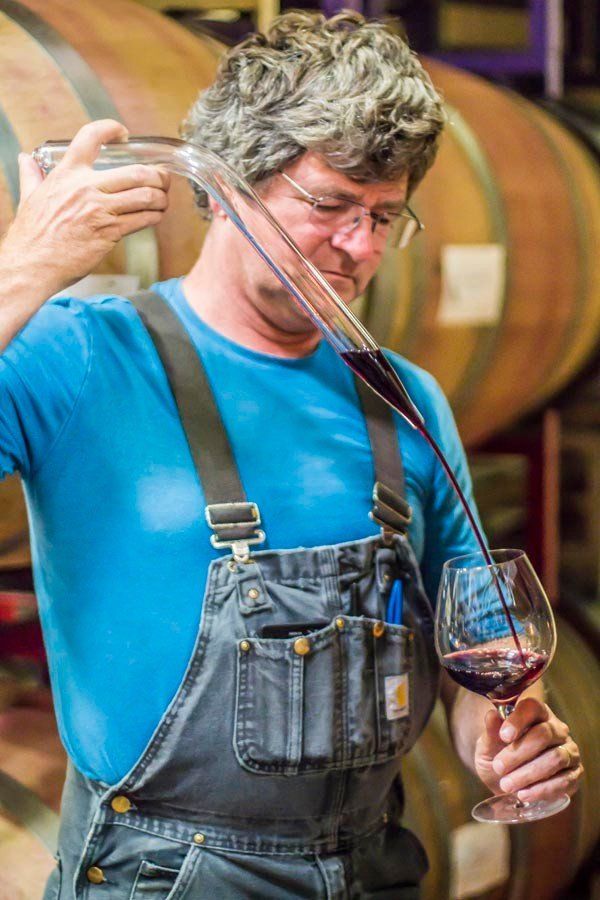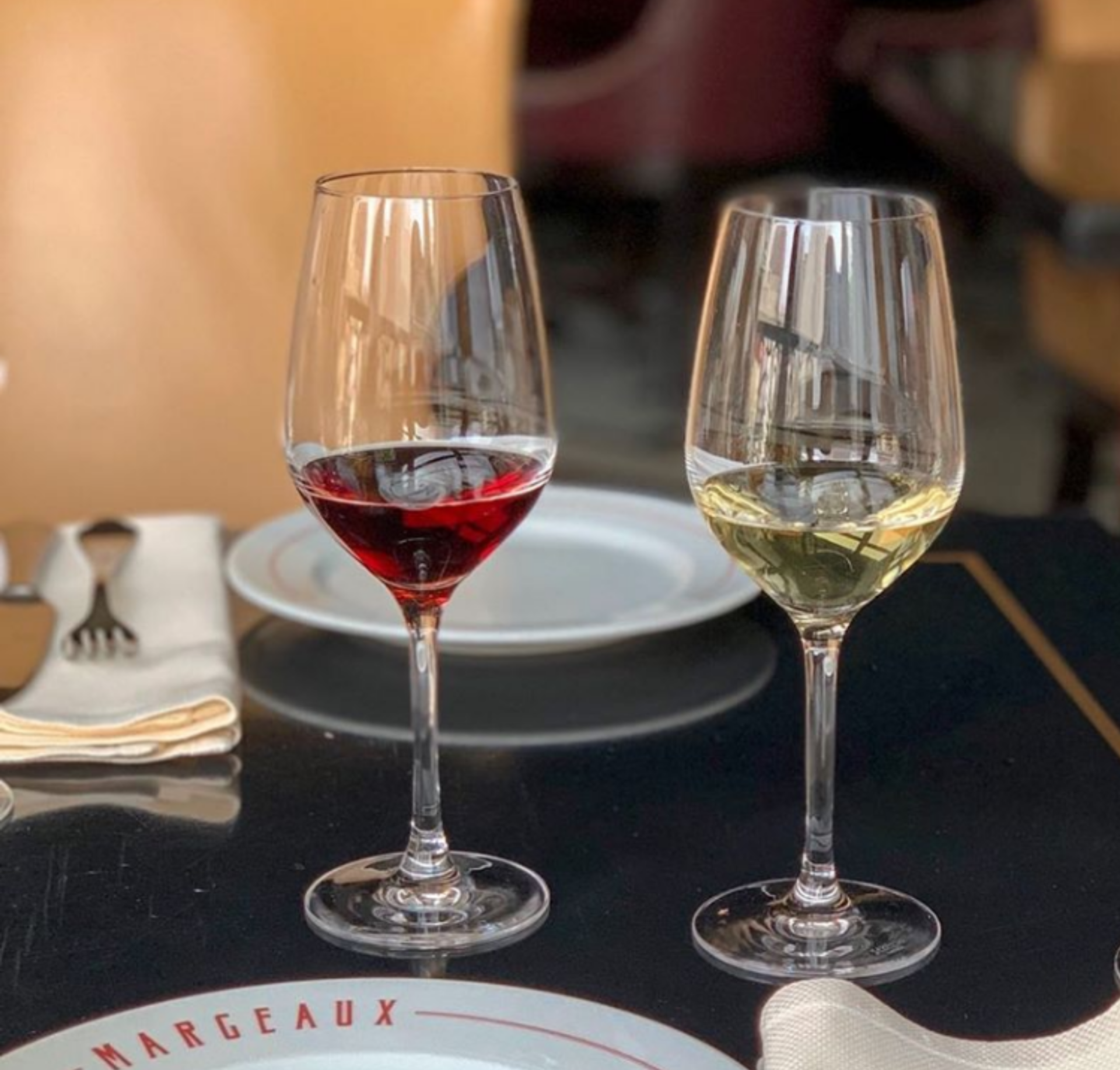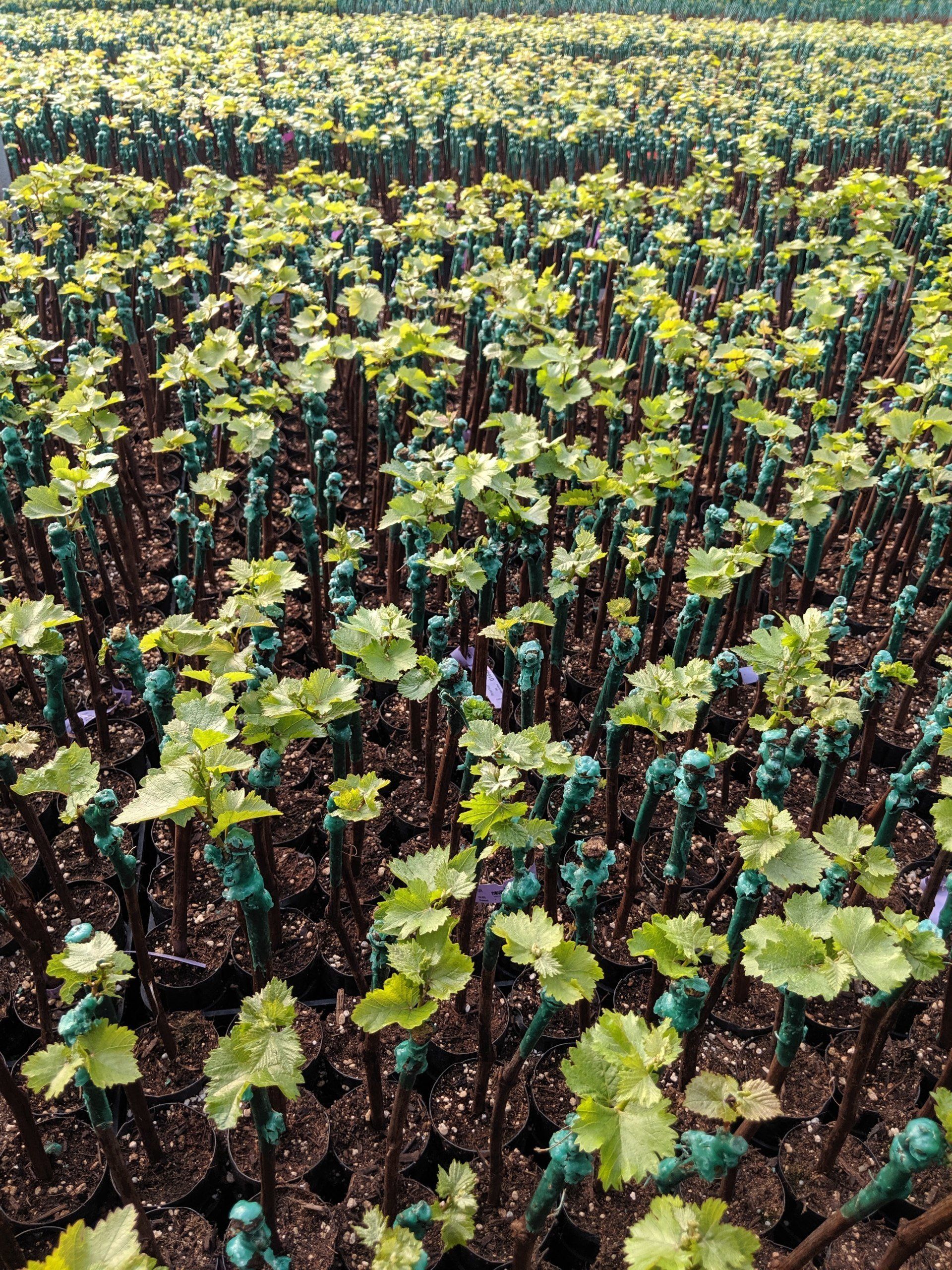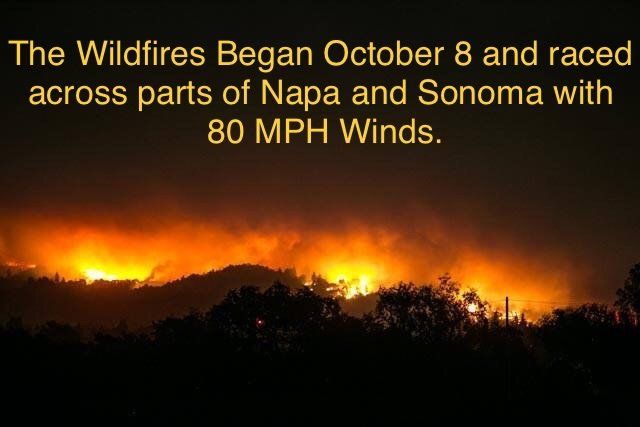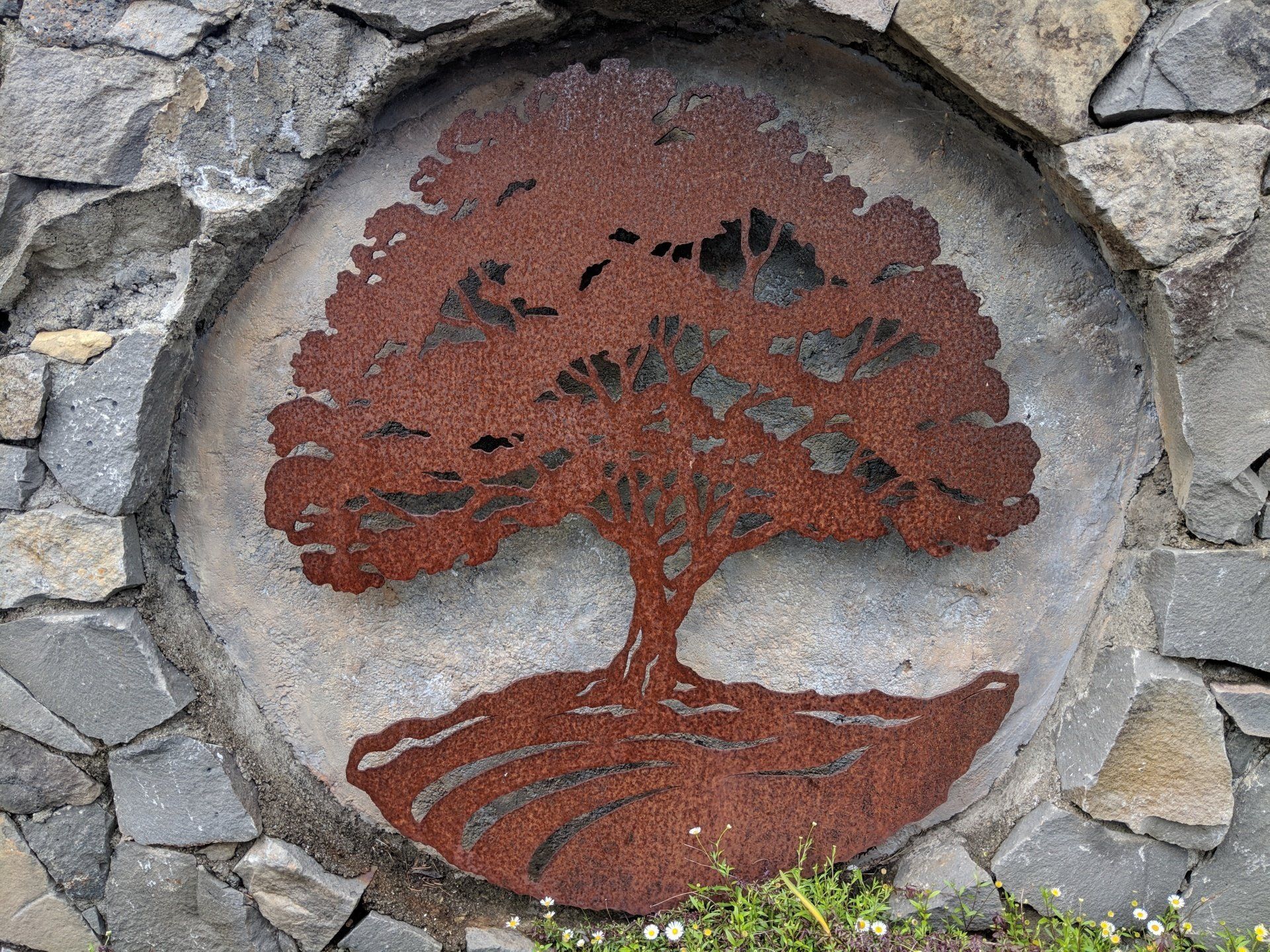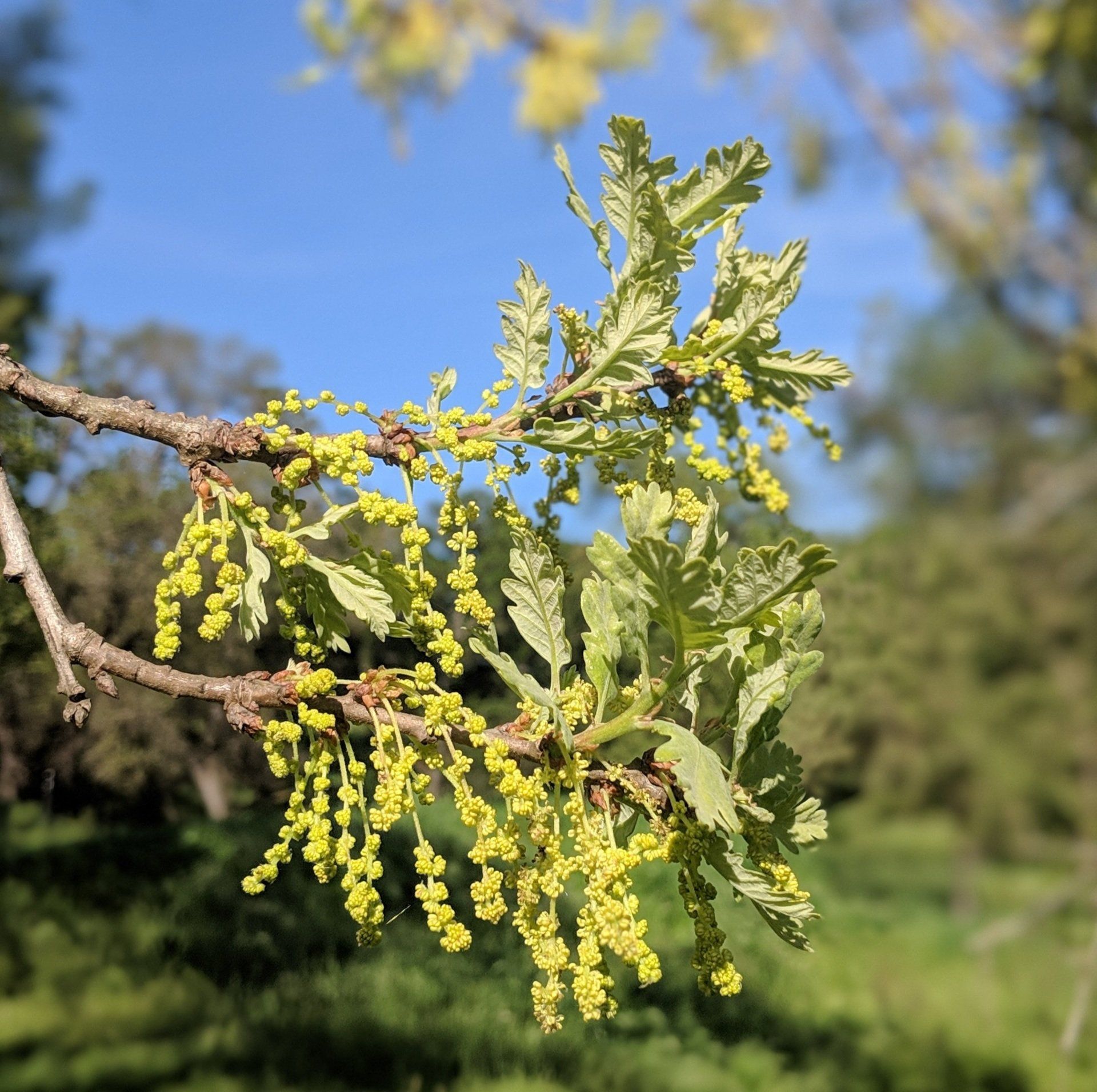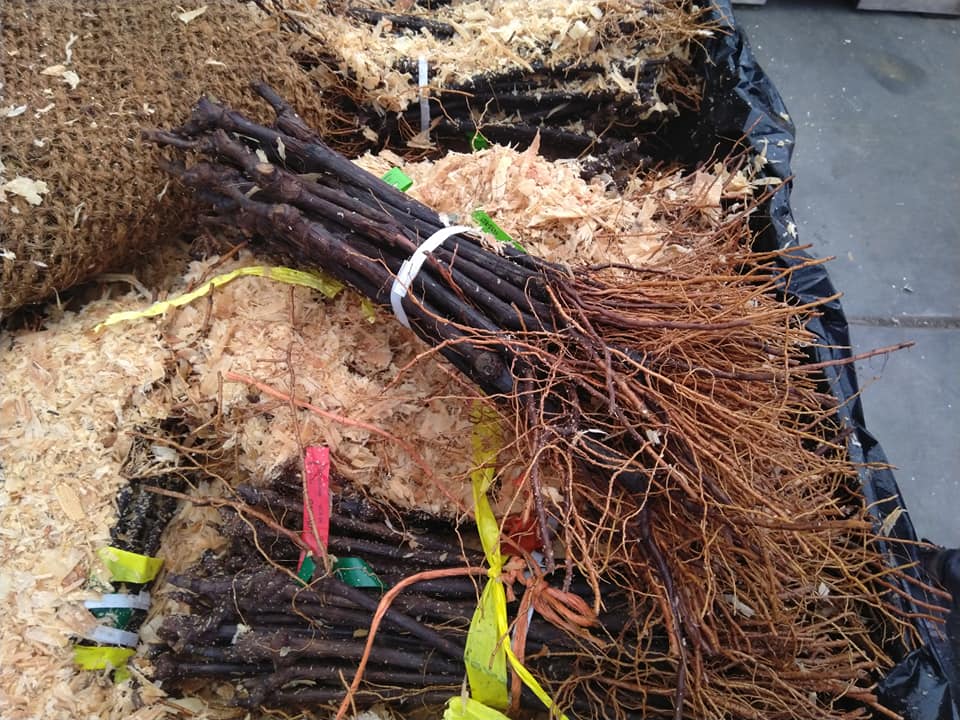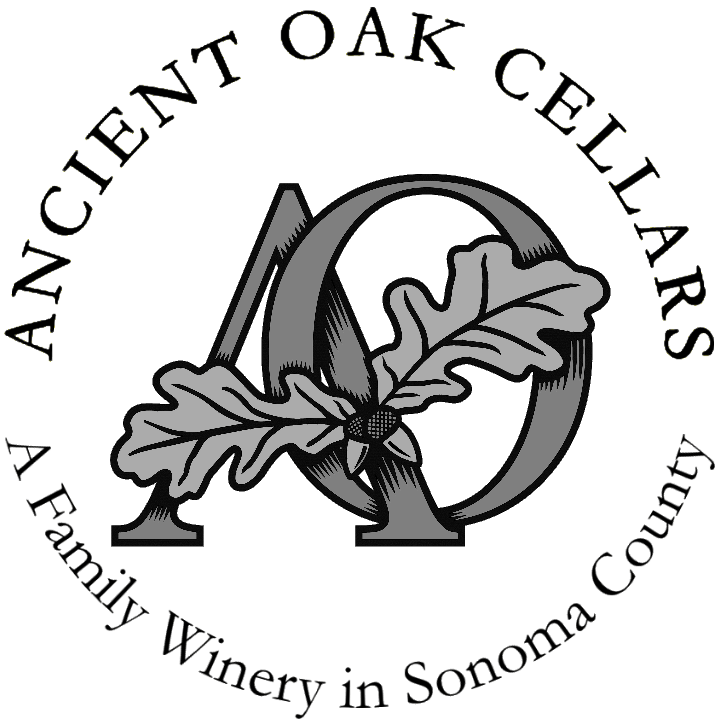Neighborhoods of the Russian River Valley
- By mjms47
- •
- 21 Jul, 2018
- •


| Middle Reach: The most northern neighborhood in the Russian Valley, this was the first region in the RRV to gain widespread fame due to the early plantings in the 1960s of the Rochioli’s, Bacigalupi’s, Davis Bynum, and others. One of the warmest of the neighborhoods, Pinot Noir and Chardonnay tend to see early bud break and as a result ripen early. The Pinot noir here is almost always the first to be harvested. This is the area stretching below Healdsburg and following the river on both sides. Just how far in each direction is certainly open to interpretation as is the southern boundary. Some would say it stops where the river makes its turn and heads toward the ocean, while others would have a continue along Westside Road until it reaches River Road, a few miles east of Guerneville. The topography of this neighborhood is delineated by the benches on both the east and west side of the Russian River. The soil types in the Middle Reach are quite varied and often change within vineyards. The western side is dominated by soils derived from the underlying Franciscan melange, a bunch of jumbled up sandstone, shell, and other rocks that were transported on a tectonic plate from trenches in the ocean floor and stuck to the edge of the continent around 100 million years ago. Along the river there are the usual floodplain deposits along with deep, well-drained gravel terraces. As you get further away from the river, the benches and sloping hills are dominated by Josephine loam with red color and high amounts of iron. Pinots from the Middle Reach tend to be described primarily by texture. Aromas are red cherry dominated. The acidity tends to be lower and the tannins quite pronounced; they tend to have the lushest mouthfeel of any of the neighborhoods. Laguna Ridge: Situated between the Santa Rosa Plain to the East and Green Valley of Russian River Valley to the West, this ridge is a north to south line of hills. Joseph Swan Vineyards and Dehlinger Winery were some of the first to plant Pinot noir in the Laguna Ridge after prohibition, on the advice of Andre Tchelistcheff, who referred to it as “middle cool.” South of the Middle Reach near Forestville, this narrow strip is blessed by deep, well-draining sandy Goldridge and Altamont soils with some Franciscan at its northern end. It overlooks the Laguna De Santa Rosa, where water pools during winter. The weather is greatly influenced by the drainage of air from the western hills to the valley floor. This drainage results in milder weather in this the spring, allowing the soils to warm earlier, resulting in earlier by bud break than much of the surrounding areas. Frost is less of a problem due to air drainage. With an earlier bud break, and hang time is often extended, which softens the acidity and results in rounder, softer tannins. Pinots from this neighborhood have an aroma profile that ranges from deep red to sometimes darker fruit, often with a hint of black tea and oriental spice. They have a wonderful mouthfeel and moderate acidity, going from red to dark fruit, strawberry, mixed berry, stone fruit like plum and nectarine, with a brambly, exotic spice character. Attack, structure, and density are bywords of Laguna Ridge Pinots. Santa Rosa Plains: This is the largest neighborhood in the Russian River Valley, interwoven between the city of Santa Rosa to the East and the first ridge of hills, the “Laguna Ridge,” to the West. The Cotati grade rises to separate the Santa Rosa Plains from the Petaluma Gap AVA to the South, and to the north it transitions into the Middle Reach neighborhood, near the town of Windsor. The Santa Rosa Plains has been described as the engine of the Russian River Valley. Because of the topography, it has more large parcel sizes and bigger vineyards than many of the neighborhoods. It is also known for having the county’s oldest plantings of Zinfandel, in the Wood Road district. The Santa Rosa Plain is composed of three distinct topographical regimes: gently sloping alluvial plains, upland foothills, and low valleys. Elevations range between 120 and 200 feet above sea level. Over the last several million years the soils of the Santa Rosa Plains were derived from several disparate origins: dormant volcanoes to the east, marine sedimentary soil to the west, and Franciscan complex to the north, which have eroded and filled the valley floor with a complex melange. The soils are limited by clay hardpan located 2-5 feet below the surface; vineyards with subsurface soil engineering and drainage have a distinct advantage. Close to the town of Santa Rosa in this neighborhood, the fog tends to burn off sooner and daytime temperatures trend higher than the neighborhoods closer to the ocean. Because of the elevation and heavier soils, the Santa Rosa Plains neighborhood tends to be colder in the spring and vines in the low-lying areas come out of dormancy later, making them more susceptible to frost in the spring. Pinot noir in the Santa Rosa Plains is highlighted by vibrant red foods and pretty floral notes and tannins that tend to be rounder with less acid than the Sebastopol Hills or Green Valley. They have savory/herbal aromas with chewy, opulent dried fruit character on the palate. Green Valley: First established in 1983, the Green Valley neighborhood is the only one of the five current Russian River Valley neighborhoods that is its own federally recognized AVA. Since 2008, wines in this neighborhood are labeled as “Green Valley of Russian River Valley.” As a federally recognized AVA, Green Valley has specific legal borders: descriptively, Green Valley is west of Highway 116 with the town of Occidental to the west, the Russian River itself to the north, and Highway 12 (Bodega Highway) to the south. Green Valley centers around the towns of Graton and Occidental, south of Forestville and north of Sebastopol. Grape growing in Green Valley dates back to 1863 and today there are more than 100 growers with 19,000 planted acres. Green Valley is predominantly planted to Pinot Noir and Chardonnay, complemented by smaller plantings of Syrah and Zinfandel. Fog is Green Valley’s trademark; along with its southern neighbor Sebastopol Hills, the neighborhood has ready access to the marine weather that originates in the Petaluma Gap and moves northward. Green Valley has exceptional diversity of altitude, and elevation of a vineyard site is of particular importance for how the fog behaves and affects the site. The western portion of Green Valley is higher with drier soils and earlier fog-burn that encourages bud break in spring and ripening in fall. The lower, eastern portion of the neighborhood has more water retention in the soil, more fog intrusion with later burn-off, and much cooler (frost-prone) springtime temperatures, especially at night. The predominant soil type is Goldridge, a fine sandy loam that covers about 60% of Green Valleys acreage. The soil has a dark, yellowish, fine sandy loam surface over a subsoil of golden yellow, sandy loam and fractured sandstone. It is derived from the remains of an ancient inland sea that slowly emptied into the Pacific 3-5 million years ago. Goldridge provides good drainage and exceptional natural chemistry for grapevines to thrive. Low yields, small clusters, and small stems encourages more whole cluster use. Pinots from the Green Valley tend to be earthy, with black cherry, and deep, dark purple fruit. Sebastopol Hills: The Sebastopol Hills is a series of undulating hills west and southwest of the city of Sebastopol, California. Generally, the region can be considered as south of Highway 12 (Bodega Highway), east of the Burnside Road Ridge, north of the Petaluma Gap, and west of the Sebastopol city center itself. In the south, the area is drained by Blucher Creek, the southernmost drainage of the Russian River. To the north, drainage flows to the Atascadero Creek which – via the Green Valley Creek – meets the Russian River just west of Steelhead Beach near the town of Forestville. It is the youngest of the neighborhoods in terms of being planted to grapes, lending it a youthful, experimental vibe. The topography and soils are typical of the “Wilson Grove Formation,” a fine-grained shallow marine quartz sandstone that formed in an embayment of the ocean 3-5 million years ago during the Pliocene time. The Goldridge sandy loam soils of the Sebastopol Hills form directly as a break down from the underlying Wilson Grove formations. The defining attribute of the Sebastopol Hills is its proximity to both the Pacific Ocean to the west and the Petaluma Gap to the South, which both serve to moderate temperature and increase wind more substantially than other areas of Russian River Valley. Sebastopol Hills gets an average of 33% more rainfall than the rest of the Russian River Valley. Vineyards planted on this hilly terrain must be managed with care as the sandy loam soils are highly erodible. Crop loads are naturally limited by the soil itself and oftentimes difficult springtime bloom weather can cause shatter, whereby quality gains by a more open cluster architecture and smaller berry size. Vines are planted on all aspects of the hillsides, sometimes close to 360 degrees on a given site, where the angle of the sun plays a huge role in fruit character. Sebastopol Hills is planted almost exclusively to Pinot noir with only token amounts of Chardonnay and no more than a few dozen acres of other varietals, including Syrah and Pinot gris. Pinot noir from the Sebastopol Hills is characterized by consistent focused acids, ripe, wild fresh cherry, a “pretty funk” mid-palate lift, depth without opulence, wild spice aromatics, and strong color because of the small clusters and high acid. |


